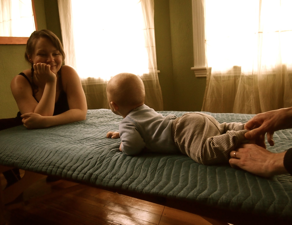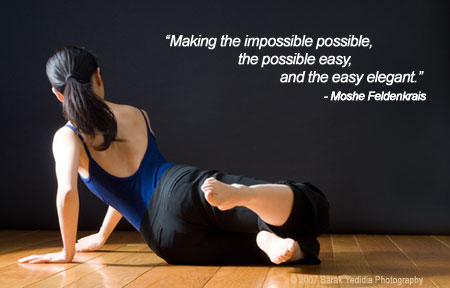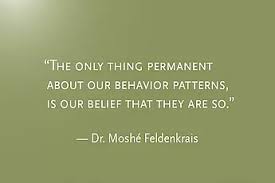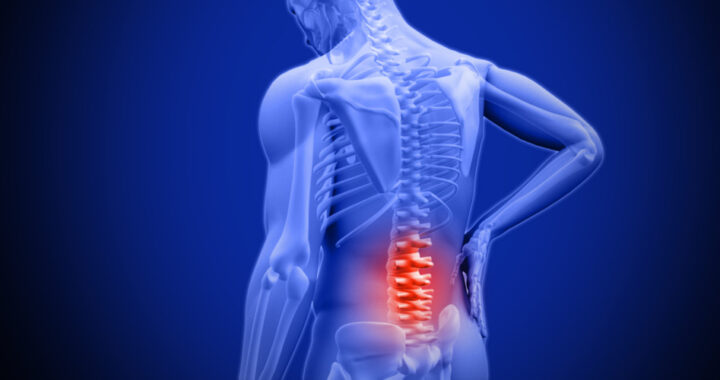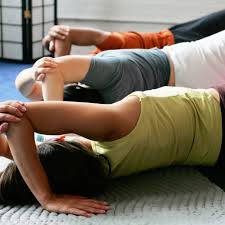Jeremy Krauss Approach (JKA) for working with special needs children.
Education based on the work of DR. MOSHE FELDENKRAIS
LEARN – GROW – DEVELOP
Frequently asked questions;
WHAT IS THE JEREMY KRAUSS APPROACH (JKA)?
The JKA is a unique way of understanding early development and helping special needs children learn, grow and develop.
JKA is solidly founded on the science of Neuroplasticity – the brain’s ability to change and reorganize itself by forming new neural connections and developmental pathways no matter what the condition is.
The central focus is on a therapeutic learning process for helping special needs children develop and increase their abilities. It is a neurophysiological therapy that helps with the growth and development of the nervous system and muscular-skeletal system.
The goal is that any child no matter what their developmental challenges are can make better use of their potential – physically, mentally and emotionally.
JKA is a non-invasive movement based approach which respects every child as an intelligent human being.
It is 100% personalised, not trying to fit the child into a frame, but on the contrary, developing a frame that fits each child.
It uses a process called Progressive – Developmental – Abilities – Formation
FREQUENTLY ASKED QUESTIONS
What special needs children does the JKA work with & are suitable for JKA?
Cerebral Palsy, genetics spectrum disorders, brain injury, stroke, global developmental delays, undiagnosed conditions, Down Syndrome
What aspects of the child does JKA attend to and can help?
Motor spasticity, hypotonicity, sensory disorders, co-ordination difficulties, fine motor skills, gross motor skill, sensory motor skills, neuro motor skills
From what age can you start with JKA?
There is no restriction of age and it is advisable to begin as early as possible.
Are there any negative side effects from a JKA session?
The approach is gentle and non invasive. The vast majority of children have very pleasurable and positive experiences from JKA. There are no negative side effects – this allows JKA to begin working with a child at any age from 3-4 months on.
How soon can results be expected and seen?
Once an assessment is made positive results are usually seen from the very first sessions.
How often and how many sessions should be taken?
To begin JKA a concentrated period of 5-8 days with 1-2 sessions per day is recommended. Once the rate of progress is assessed a program for continuation will be recommended and discussed.
Are parents allowed to be with their child during the JKA sessions?
Parents are supported and encouraged to remain in the room and near their child during JKA sessions. This gives the child more confidence and support and emotionally calms the child.
What to do with your child after a series of sessions is over?
Very often parents are given suggestions and shown what they can do with their child on their own in daily life in between sessions. It is many times recommended that a parent does the JKA Training to get a better understanding of normal early development and how to apply these ideas to their own child.
WHAT IS IMPORTANT TO KNOW ABOUT THE JKA
JKA is a holistic approach which looks at each child as a whole unique person with abilities and potential to learn
JKA aims to have good and permanent collaboration with the parents, including encouraging them to be present during the sessions
Parents are encouraged to freely ask questions – This helps the JKA Therapist explain what they are doing so the parents better understand and can learn more about how to support their child’s development and learning
There are no special problems of a child’s state or condition which are unacceptable for a JKA Therapist during a session: wanting to keep close a favourite toy, saliva issues, diaper issues, being held by parents, listening to music, etc.
There are no restrictions (in general) in attending other therapies during JKA. This depends on each child’s condition and progress. Sometimes it is even encouraged to do other therapies in conjunction with JKA to improve the child’s learning and development.
If the child cannot learn the way we teach, we change the way we teach so that the child can learn.
General information: www.jeremy-krauss.com
